Whatʼs better than steel toe?
Whatʼs Better than Steel Toe? Exploring the Latest Advances in Footwear Technology
When it comes to safety footwear, steel toe boots have long been the go-to choice for workers in industries such as construction, manufacturing, and warehousing. These boots are designed to protect the wearer’s toes from heavy objects and equipment, reducing the risk of serious injury on the job. However, as technology continues to advance, new materials and designs are emerging that offer even greater protection and comfort than traditional steel toe boots. In this article, we will explore some of the latest innovations in safety footwear and discuss what may be better than steel toe.
Composite Toe: The Lightweight Alternative to Steel
One of the biggest drawbacks of steel toe boots is their weight. Steel is a dense material, and while it provides excellent protection, it can also make boots heavy and cumbersome to wear for long periods of time. This is where composite toe boots come in. Made from materials such as Kevlar, carbon fiber, or plastic, composite toe boots offer the same level of protection as steel toe boots but with a fraction of the weight. This makes them a popular choice for workers who are on their feet all day and need a more lightweight and comfortable option.
In addition to being lighter than steel, composite toe boots are also non-metallic, which can be a huge advantage in certain work environments. For example, workers in industries that require them to pass through metal detectors regularly, such as airports or government buildings, may prefer composite toe boots to avoid setting off alarms. Overall, composite toe boots are a great alternative to steel toe boots for those looking for a lighter, more comfortable option without sacrificing protection.
Alloy Toe: The Best of Both Worlds
Another innovation in safety footwear is the alloy toe boot. Alloy toes are made from a combination of materials, typically aluminum or titanium, that offer the same level of protection as steel toe boots but with a lighter weight. Like composite toe boots, alloy toe boots are non-metallic, making them a great choice for workers who need to pass through metal detectors without any issues. Alloy toe boots are also often more durable than steel toe boots, as they are resistant to corrosion and do not conduct electricity, making them a safer option for workers in high-risk environments.
Overall, alloy toe boots offer the best of both worlds when it comes to safety footwear. They provide the same level of protection as steel toe boots but with a lighter weight and increased durability, making them a top choice for many workers in a variety of industries.
Metatarsal Guards: Protecting More than Just Toes
While steel, composite, and alloy toe boots focus on protecting the toes, metatarsal guards offer additional protection for the bones in the top of the foot. Metatarsal guards are typically made from materials such as steel, aluminum, or composite and are designed to absorb and deflect impact from heavy objects or equipment. This can be especially important in industries where workers are at risk of objects falling from above or crushing their feet from the sides.
Metatarsal guards are often built into the design of safety boots, providing comprehensive protection for the entire foot. Some boots even feature internal metatarsal guards that are integrated into the insole, offering a more streamlined and comfortable option for workers. Overall, metatarsal guards are a great addition to safety footwear for those looking for extra protection beyond just the toes.
Waterproof and Insulated Boots: Comfort and Protection in Any Environment
In addition to toe and foot protection, safety boots can also offer waterproof and insulated features to keep workers comfortable in any environment. Waterproof boots are made from materials such as Gore-Tex or other breathable membranes that keep water out while allowing moisture to escape, keeping feet dry and comfortable all day long. Insulated boots, on the other hand, are designed to keep feet warm in cold temperatures, with materials such as Thinsulate offering lightweight warmth without the bulk.
These features are especially important for workers who are exposed to harsh weather conditions or work in wet environments. Waterproof and insulated boots can help prevent discomfort, frostbite, and other cold-related injuries, making them a valuable addition to any safety footwear collection.
Anti-Slip and Anti-Fatigue Technology: Enhancing Safety and Comfort
Finally, advancements in safety footwear technology have led to the development of anti-slip and anti-fatigue features that further enhance worker safety and comfort. Anti-slip boots are designed with specialized outsoles that provide superior traction on slippery surfaces, reducing the risk of slips, trips, and falls in the workplace. These boots are especially important for workers in industries such as construction, where wet or oily surfaces can pose a serious hazard.
Anti-fatigue boots, on the other hand, are designed to reduce foot fatigue and discomfort for workers who are on their feet for extended periods of time. These boots often feature cushioned insoles, shock-absorbing midsoles, and ergonomic designs that support the arches and heels of the foot, reducing strain and fatigue. This can lead to increased productivity, lower injury rates, and overall improved worker satisfaction.
In conclusion, while steel toe boots have long been the standard in safety footwear, there are now many alternatives that offer even greater protection and comfort. From composite toe boots that are lighter and non-metallic to alloy toe boots that combine durability with reduced weight, there are plenty of options to suit the needs of any worker. Metatarsal guards, waterproof and insulated boots, and anti-slip and anti-fatigue technology further enhance safety and comfort, making safety footwear an essential investment for workers in a variety of industries. Ultimately, whatʼs better than steel toe? The answer may just be the latest advances in safety footwear technology.
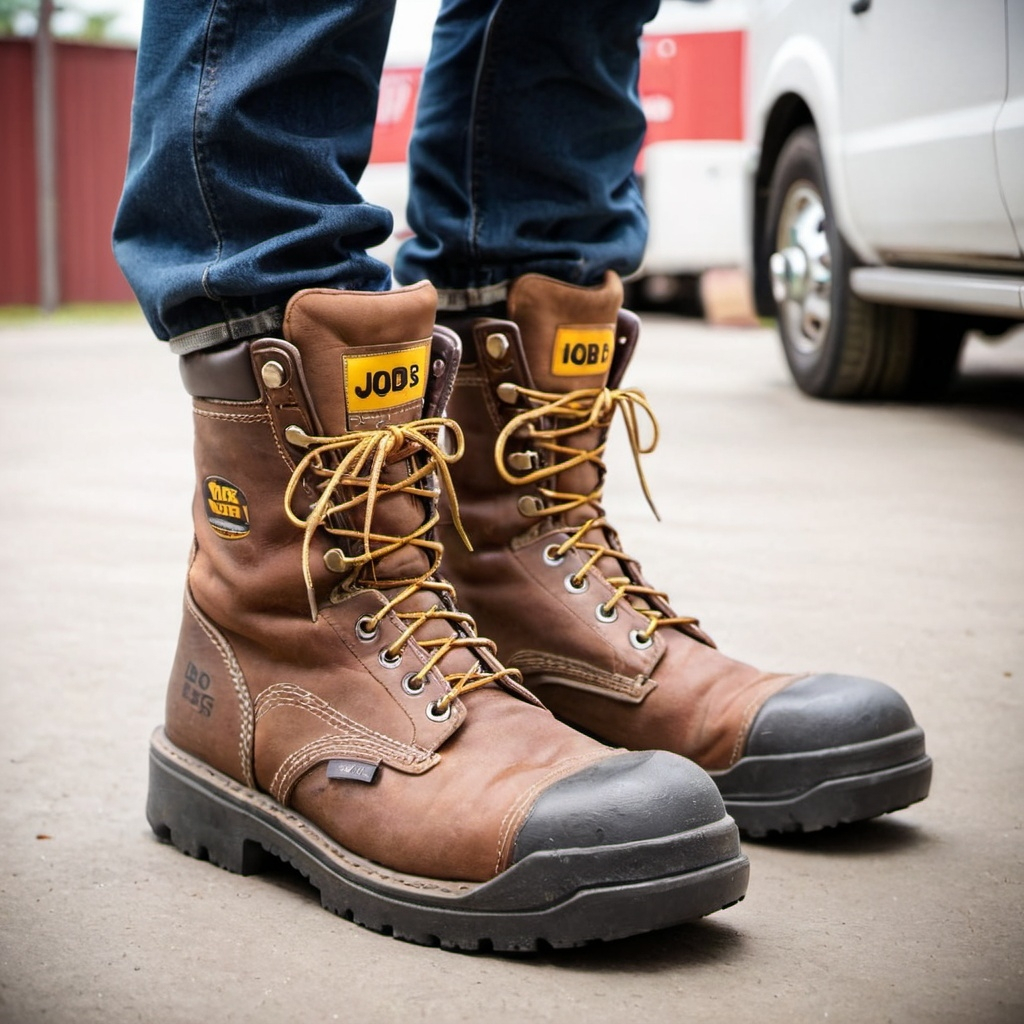

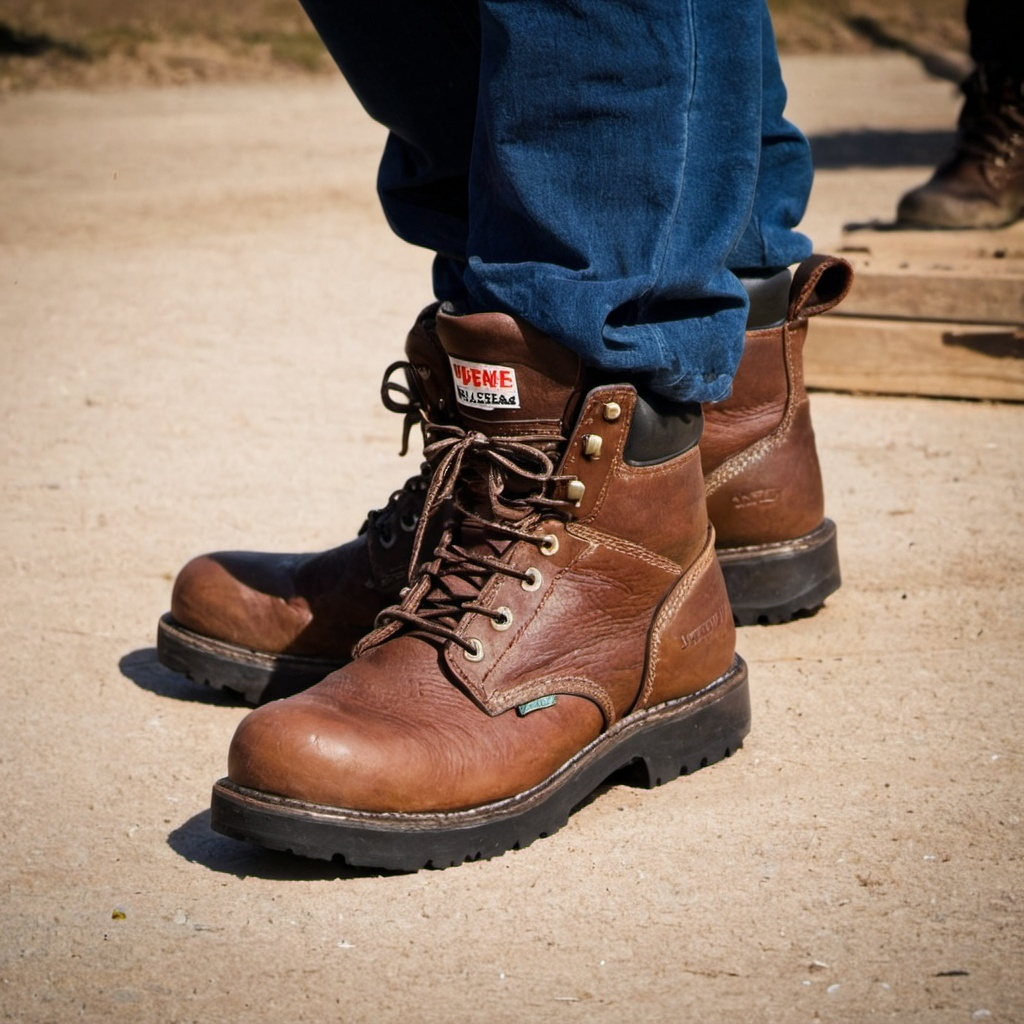



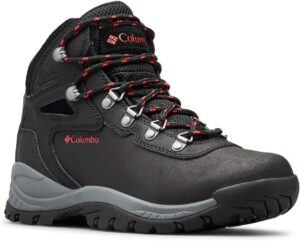

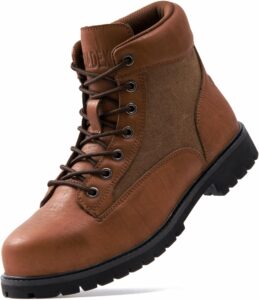
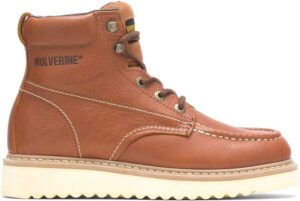
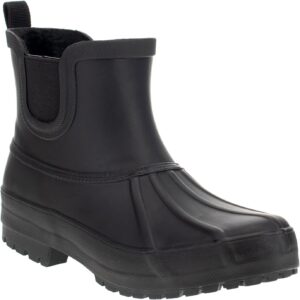
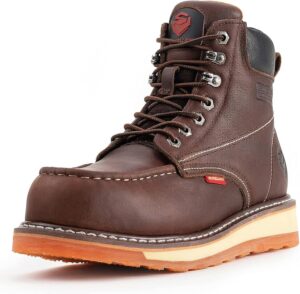
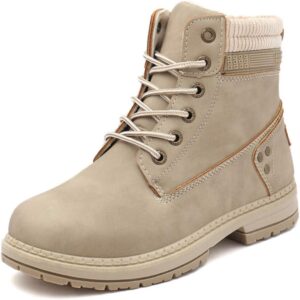
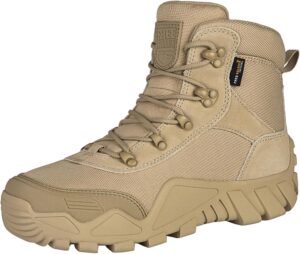
Post Comment